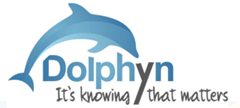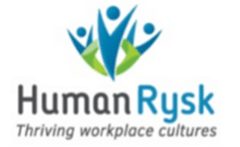Originally posted on April 2, 2016 @ 12:35 PM
Y is Being and Doing

When I first decided to start my own company in 2003 I thought for some time about the company name, semiotics and purpose. The question of ‘why?’ instantly came to mind. Any question about ‘ends’ or trajectory is a question about values and purpose. Being able to ask ‘Y?’ matters. Being able to ask ‘Y?’ indicates an open culture, loose organizing and a priority on discovery. Facilitating discovery is one key to learning. Risk aversion, rigid compliance and zero are symbols for anti-learning. So Y had to be in the text of the company name.
So, I decided to have the word ‘human’ in my company name and also an emphasis on complexity in human organizing and hence the miss-spelling of the word ‘dymensions’. When one is motivated to ask ‘Y?’ this can only be done on the basis of trust, mutuality, the prioritization of discovery and the will to learn.
When humans organize, they need to know Y? Understanding Y creates meaning and purpose. We tend to follow those who can convey and inspire purpose and, the provision of purpose and vision makes leadership inspirational. This is the core message in Following-Leading in Risk, A Humanising Dynamic (http://www.humandymensions.com/about-us/following-leading-in-risk ).
Organisations that obliterate Y, usually don’t want questions, questions are often viewed as troublesome or a sign of non-compliance. Y is not just about the question but the quest to understand theory and practice (https://safetyrisk.net/reality-vs-theory-the-binary-divide/). Half the reason why people are seduced by gimmicks, bells and whistles in risk and safety is because they don’t know Y. The distain for education in risk and safety is driven by checklist thinking, there is no reason to ask Y.
Asking Y is a philosophical question, it values knowing foundations, purpose and ideologies. Checklist thinking may make the current safety reality, but Safety as it stands has been totally seduced by a theory (naïve realism). When all is about blind compliance, wear this, hold this, do that, don’t do this, Y would you need to ask Y?
Those they don’t ask Y can’t see the trajectory of zero discourse. They can’t see where various initiatives are taking them and then get distressed when they find that the outcome for some snake oil scheme is bullying and dumb down compliance. Then when they finally ask Y, they get shown the door. Zero cannot countenance Y.
One of the critical functions of asking Y is in the learning, sometimes there are no answers. Sometimes we don’t know why, and that’s OK. Sometimes there is no cause. It’s OK to be fallible, the world doesn’t fall apart if sometimes we don’t know why. Sometimes only simple low level challenges can be ‘fixed’ and at other times we know it’s a ‘wicked problem’ (https://safetyrisk.net/building-resilience-trumps-the-prevention-of-harm/).
Those who ask Y accept that life is ‘messy’ and build resilience so that they are not defeated by uncertainty. Leadership is not about ‘fixing’ or ‘knowing’ but rather creating a culture that is comfortable with Y.
Now that others have discovered the importance of Y, they too identify with the importance of purpose, learning and discovery. Check them out:






Do you have any thoughts? Please share them below